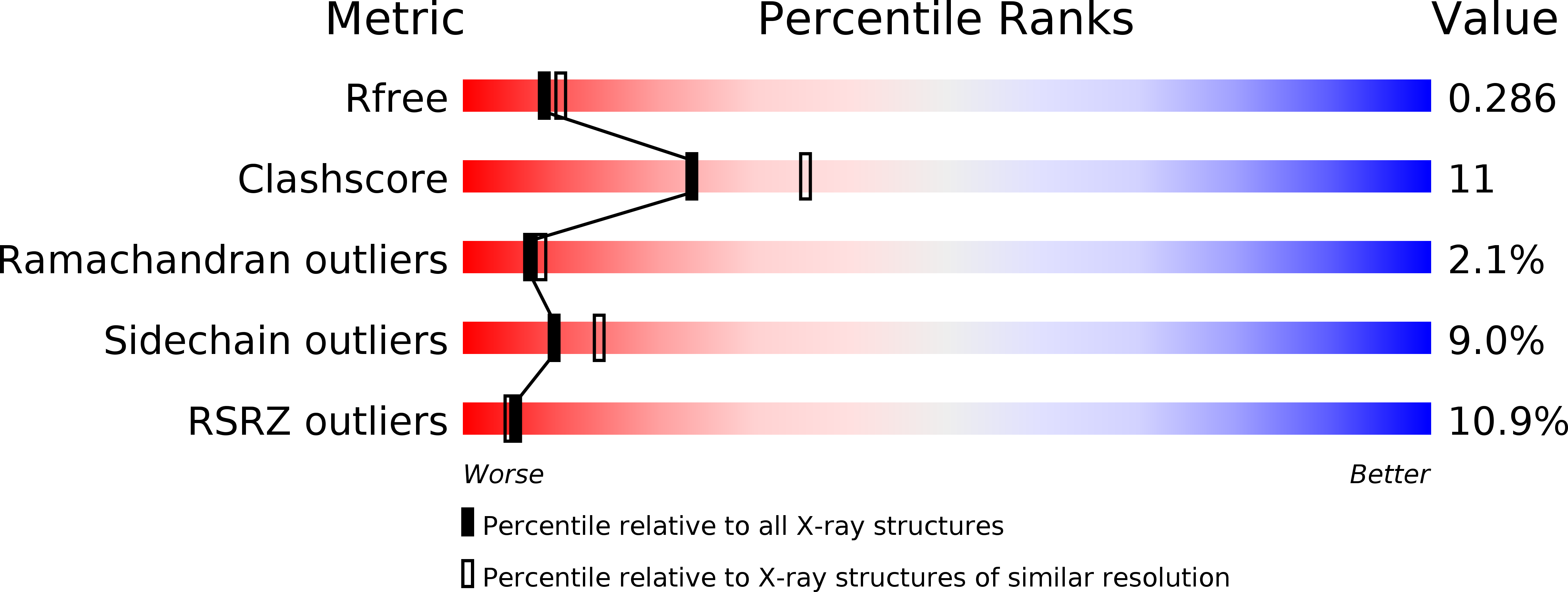
Deposition Date
2011-01-26
Release Date
2011-05-11
Last Version Date
2023-09-13
Entry Detail
PDB ID:
3QHT
Keywords:
Title:
Crystal Structure of the Monobody ySMB-1 bound to yeast SUMO
Biological Source:
Source Organism:
Saccharomyces cerevisiae (Taxon ID: 4932)
artificial gene (Taxon ID: 32630)
artificial gene (Taxon ID: 32630)
Host Organism:
Method Details:
Experimental Method:
Resolution:
2.40 Å
R-Value Free:
0.27
R-Value Work:
0.22
R-Value Observed:
0.22
Space Group:
P 21 21 2


